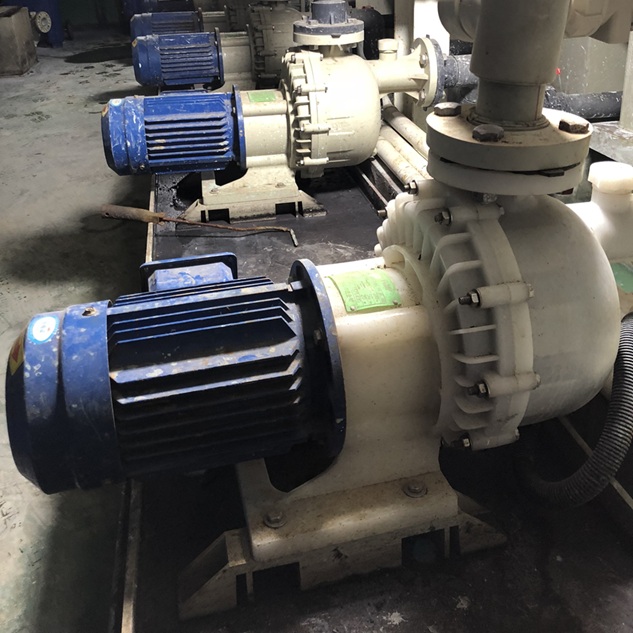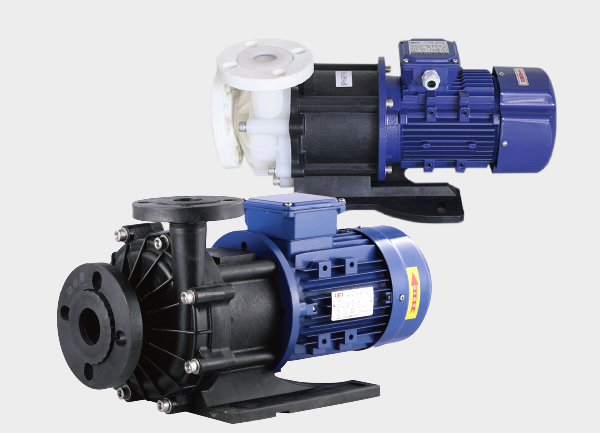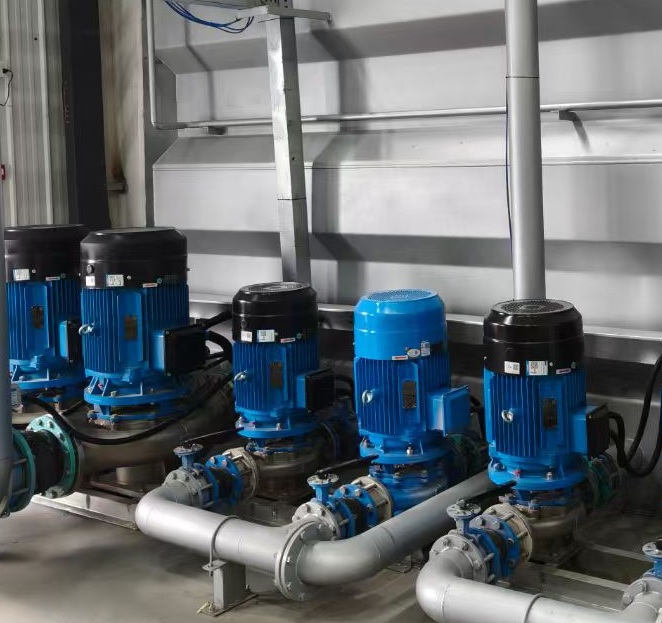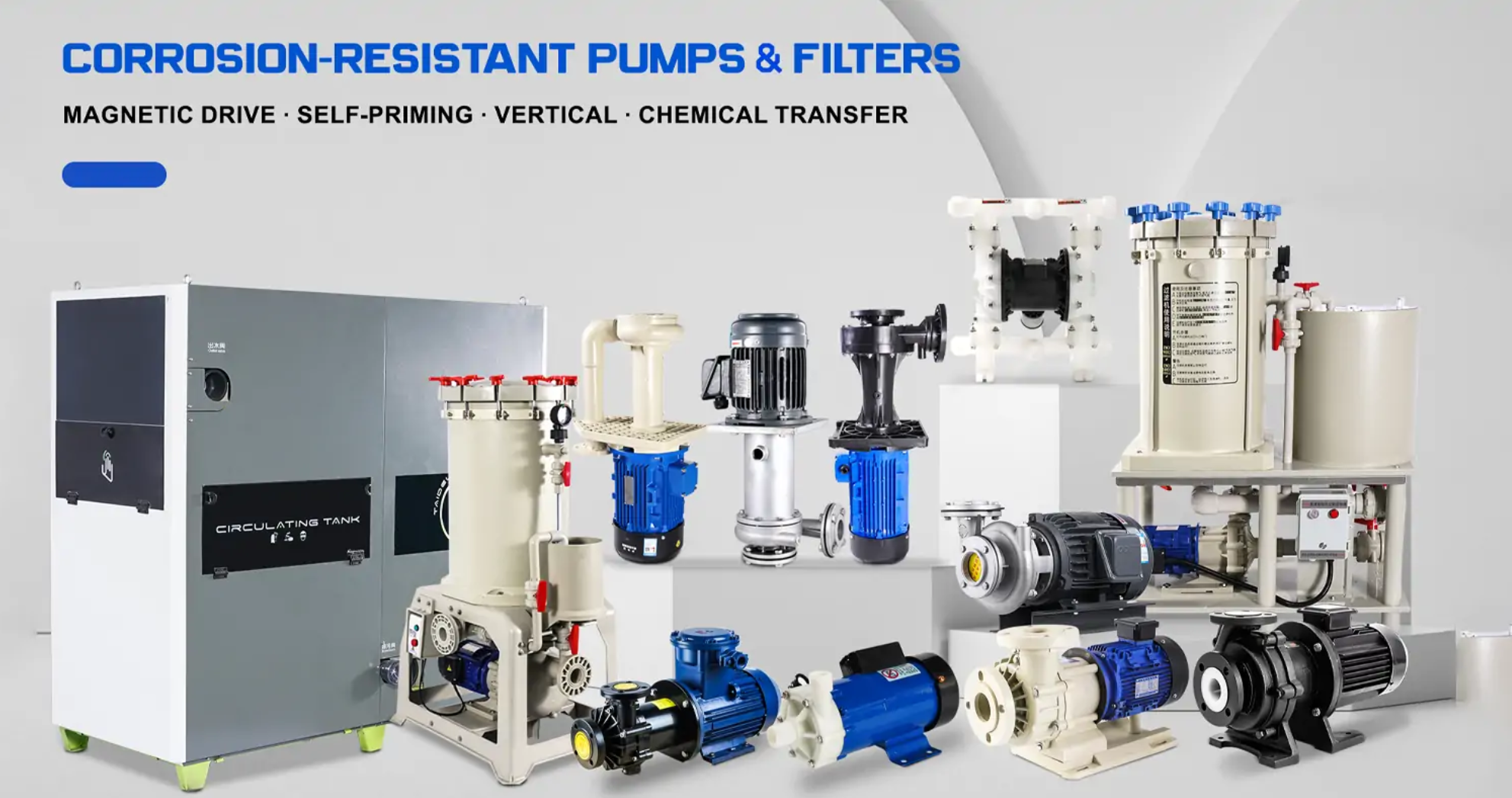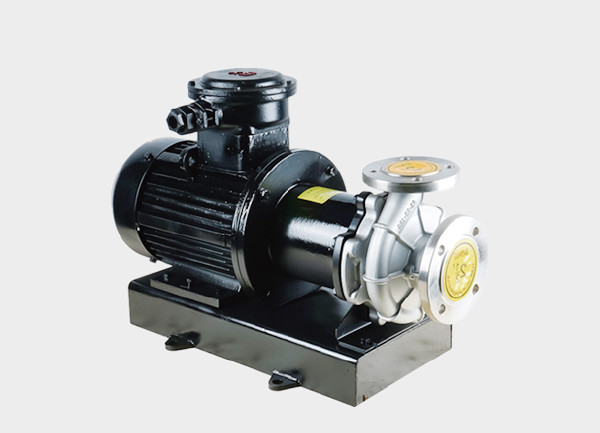Air leakage is one of the most common issues in self-priming pumps. It often leads to poor suction performance, insufficient flow, unstable pressure, or abnormal vibration and noise. Below is a comprehensive guide on how to identify, fix, and prevent air leakage in self-priming pumps.
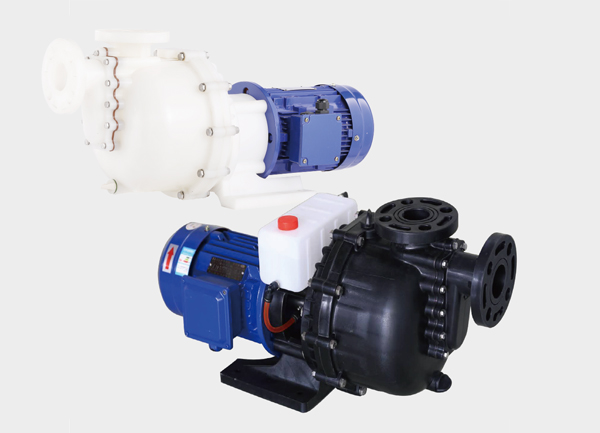
🔧 Troubleshooting and Repair Methods
Depending on the root cause of air leakage, the following corrective actions can be applied:
1. Tighten All Connection Points
Inspect the pump casing, flanges, and suction pipelines for any loose bolts or fittings.
If any are found, tighten the bolts symmetrically and gradually using the proper tools.
When assembling flanges, ensure that both sealing faces are clean and use a gasket of the proper thickness (typically 3–5 mm) to ensure tight sealing.
2. Replace Worn or Damaged Seals
If the packing seal or mechanical seal shows signs of wear, aging, or damage, replace them immediately.
• Replacing Mechanical Seals
Stop the pump and drain the liquid before replacement.
Disassemble the components carefully, clean all contact surfaces, and install the new seal in the correct order.
Ensure the sealing ring is seated properly and tighten bolts evenly.
After installation, manually rotate the shaft to confirm smooth operation before performing a test run to check for leaks.
• Adjusting Packing Seals
If the pump uses packing seals, note that too loose = air leakage, too tight = overheating.
Adjust the gland compression until the leakage is a slight drip.
If the packing is worn or hardened, replace it with new material.
3. Repair or Replace Damaged Components
Inspect the valves, pump shaft, and other key parts.
If a valve is damaged and causing leakage, repair or replace it.
Similarly, if the pump shaft shows signs of wear or corrosion, replacement is required to restore sealing integrity.
4. Optimize Suction Conditions
If the suction lift exceeds the pump’s rated range (typically 3–8.5 meters), air may enter the system.
To correct this:
Lower the pump installation height or shorten the suction pipe.
Ensure that no section of the suction pipe is higher than the pump inlet, and that it is installed horizontally or slightly sloping downward toward the pump to allow trapped air to escape.
5. Install Auxiliary Devices
For systems where minor gas entrainment cannot be completely avoided, consider installing an air-liquid separator at the pump inlet.
This device helps remove air bubbles and maintain stable suction.
🔍 Methods to Locate Air Leakage Points
Before performing repairs, it’s essential to accurately locate the source of leakage.
• Simple Physical Methods
Apply soapy water or a foam leak detector to suspected areas and look for bubble formation.
Alternatively, use a feather or a lighted incense stick near the suspected joint — movement in the smoke or feather indicates air suction.
• Observe Operating Conditions
During operation, listen for hissing sounds, observe for bubbles near joints, and monitor for unstable pressure, flow fluctuations, or unusual vibration — all signs of possible air leaks.
• Key Areas to Check
Common air leakage points include:
Suction pipeline joints
Pump body sealing surfaces
Packing gland or mechanical seal area
Pump shaft extension point
Foot valve or bottom valve
🛡️ Preventive Maintenance to Avoid Air Leakage
Routine maintenance and proper operation are critical to preventing future leaks.
1. Regular Inspection
Establish a maintenance schedule to inspect seals, gaskets, and bolts.
Tighten any loose connections and replace aged or damaged seals promptly.
2. Correct Installation
Install the pump on a solid, level base close to the water source.
Ensure the suction pipe slope allows air to discharge toward the pump inlet.
Before the first startup, fill the pump casing with sufficient priming water.
3. Keep the Pump Clean
Regularly clean filters and strainers to prevent debris from damaging seals or obstructing flow paths.
4. Operate Properly
Avoid running the pump dry, as dry friction can quickly destroy the mechanical seal.
When stopping the pump, close the discharge valve first, and during cold weather, drain all residual liquid to prevent freezing and cracking.
✅ Conclusion
By following the above inspection and repair steps, most air leakage problems in self-priming pumps can be effectively resolved.
If the leakage source is difficult to locate or involves cracks within the pump casing, it’s recommended to consult a professional technician for further diagnostics and repair.


